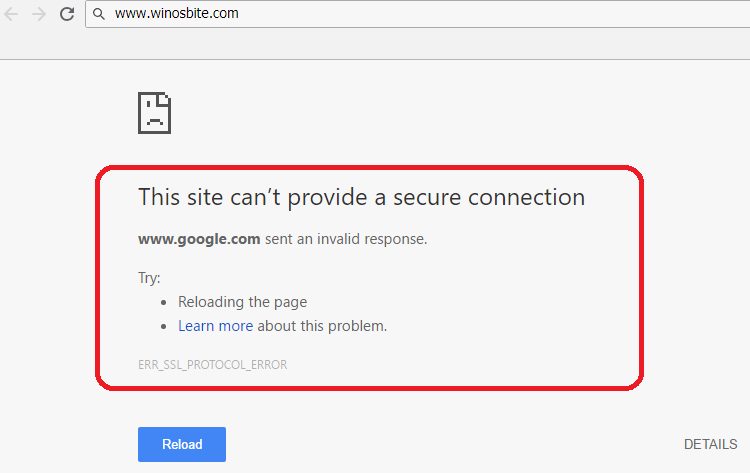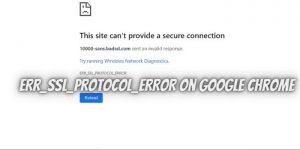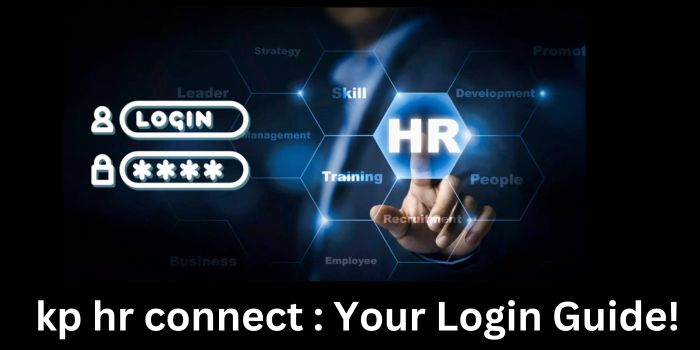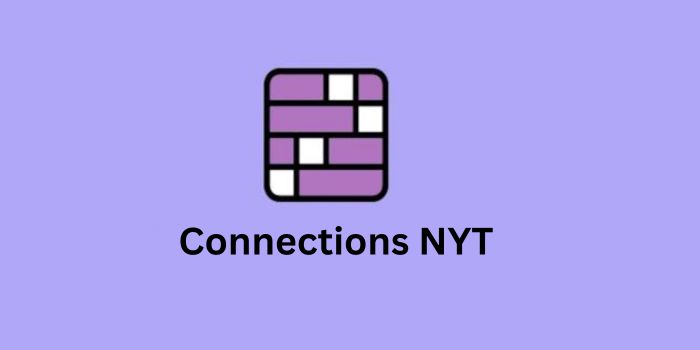In this 21st century of technological advancement, life has become difficult for every single person without access to systems and devices. The internet has taken over both the professional as well as a personal spheres with equal importance. Every day, technology is being updated; and so is being multiplied by the probability of errors in them. When coming to access to the internet, amongst all the browsers, the most trusted one is Google Chrome. Throughout the whole world, Google is known as the most popular search engine for its authenticity, speed, security, reliability, and user-friendly interface. But as said before, technology comes with a glitch which is the seed of its advancement. Google also often shows some error messages. There are no major issues at all but common; one of them is ‘ERR_SSL_PROTOCOL_ERROR’. This is a systematic message of ‘this site cannot be reached/this site can’t provide a secure connection’.
Reasons for ERR_SSL_PROTOCOL_ERROR on Google Chrome
The main reasons behind this error are server issues or imperfect client information. To be more specific;
a) if a Firewall is blocking the browser extension;
b) If the date and time are inaccurate;
c) if the SSL state of the system is not okay;
d) if the cache of the browser is overloaded- this error shows in your monitor.
How to Solve ERR_SSL_PROTOCOL_ERROR on Google Chrome?
Below are a few steps which you need to follow to solve this error.
1) Syncing the System Date and Time
The most common reason for the computer to show this error message is because of the difference in date in the system used and that of the server’s website. All you need is to go to the control panel option and the time and date settings and fix the date. There are two options- either you can choose the option of manual sync to the server or the auto-sync to the server option. Once the date, close the browser window and open a new one and you will get to access the webpage. It is one of the most common reasons for this error.
2) Cleaning the Cache of the Browser
Be it your phone or laptop/PC, this cache issue is very common. Usually, this message is shown for the storage issues but it is similarly applicable for the browser as well. When the browser history is overloaded with URLs, login info, and web page addresses, often they restrict to open a new site. To clear the cache, follow the simple steps mentioned here. First, press shift, control, and delete together. Next, set AA time in the time range region. Followed by, skipping the browsing history checkbox and selecting all. Finally, put to enter. After this, you can reload the page and find the issue has been fixed.
3) Deleting Host Files/ Restoring to Default
The host files can be restored in two separate ways. First, you can download the host file store tool which will fix the EER_ SSL_PROTOCOL_ERROR automatically according to the protocol. Or you can manually entail the host file in the given location. “C:\Windows\System32\drivers\etc\.” This is the place where you can find your host file on the computer. Due to unfortunate infections, the site gets corrupted and shows error messages. You need to delete this post file and re-install the site with an updated version of the file. And it will eliminate the problems with updated and correct codes.
4) Clearing the SSL State of the System
Some simple steps leading to cleansing the SSL state of the system will help you resolve this EER_SSL_PROTOCOL_ERROR issue easily. First, open the Google Chrome settings by clicking on the three dots at the right side top of the browser interface. Next, select ‘Settings’ from the navigation menu; followed by the ‘System’ option from the advanced drop-down menu. Reaching there, ‘Open Proxy Settings’ by clicking on the option; there will be a new window pop-up with Internet Properties. Finally, select the clear SSL State option from the Content tab and reload the opened webpage to see if it works or not.
5) Adjusting the Antivirus Settings
The backdated version of the antivirus often causes this error in Chrome. There are several antiviruses used by people around the world. Also, not every antivirus is universally user-friendly. Hence the process of updating the antivirus will be different from each other. But the general steps are to find the settings of Antivirus in your system and select. After that, select the SSL Protocol option from the ‘advanced settings’. Next is to look for whether the antivirus software is scanning the SSL protocol or not. If it is scanning, then manually stop it by selecting the option ‘Ask About non-visited sites’.
6) Disabling QUIC Protocol
QUIC is almost the same TLS and SSL Protocol that establishes a secured connection to the server and is always enabled in Chrome by default. QUIC is known as ‘Quick UDP Internet Connection’. Often it blocks access to certain web pages that can be resolved by typing “chrome://flags/#enable-quic” in the address bar and pressing enter. You can check the QUIC protocol on top of the screen and disable it if enabled. Now when you reload the site, the issue will be removed.
7) Changing the Internet Security and Privacy Settings
As search information is very precious and once gets hacked can cause a lot of trouble, all users keep their system security and privacy level very high. This sometimes ceases the access to a certain specific site. To sort out this problem, just follow these simple steps. First, you need to go to the ‘Control Panel’ and navigate to ‘Internet Options’. Then changing the security level ‘High’ to Medium’ on the security tab, you can get access to the site easily. Do the same with the privacy and get rid of this error.
8) Activating all TLS/SSL versions
If all the above methods have failed to resolve the issue, this will work. By activating the TLS/SSL versions, your system will be allowed to load all the outdated and insecure SSL protocols which will cause no restriction in opening any web page. But it is equally risky too; hence considered the last available option. Follow the below steps to get it at ease. [Advanced Settings of Chrome> System>Open Proxy Settings>Advanced tab>Security> Check all the boxes of SSL/TLS versions]. Next, you restart the browser and most probably the issue will be fixated.
Any or many of the above options will work to help you in resolving the ERR_SSL_PROTOCOL_ERROR on Google Chrome. If none helps, the last one will surely do. But as it comes with many threats, it is best to withhold it until necessities.
Related posts :


![Quick Fix for Windows 10 Update Error 0x800705B4[Solved]](https://techieposts.com/wp-content/uploads/2021/04/Fix-Windows-10-Update-Error-0x800705B4-300x169.jpg)



